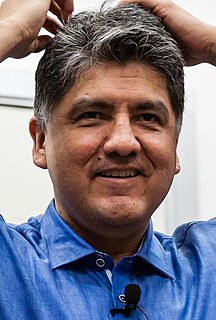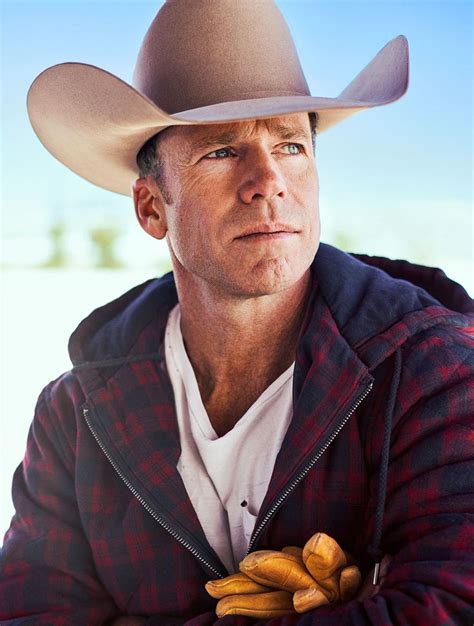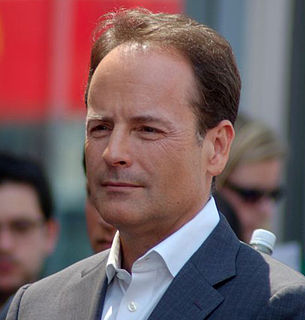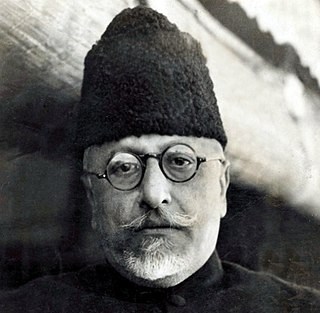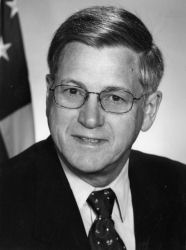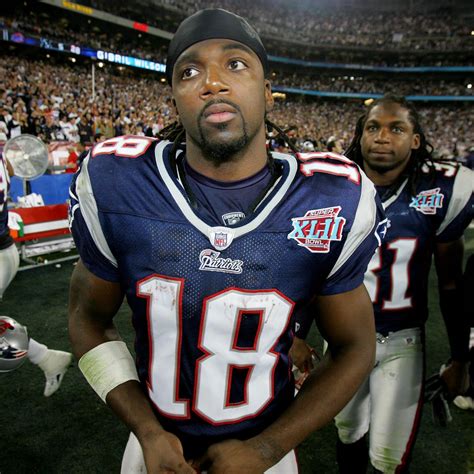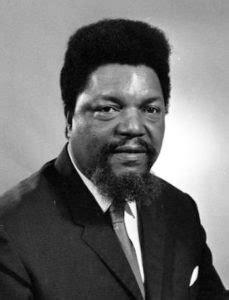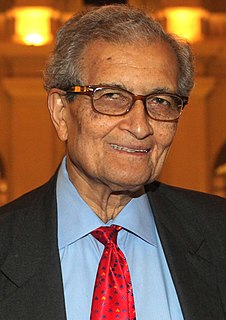A Quote by Sherman Alexie
Sixty percent of all Indians live in urban areas, but nobody's writing about them. They're really an underrepresented population, and the ironic thing is very, very few of those we call Native American writers actually grew up on reservations, and yet most of their work is about reservations.
Related Quotes
Now I'm sixty-one... sixty-two, pretty soon. It's a really interesting age. Now we have women of your age, and coming up, and all these fantastic writers, who have managed to have their children but continue with their art, their work. I think women are doing the most interesting writing right now, the most interesting art. I see everything through this lens, of women finally taking their place in the world. Their true place. And it's very, very exciting to me.
We also have a piece about the Mayflower, but it's just a very different, very gritty, very character-driven version of why those people were on that boat and what the experience was like for them, emotionally, physically and spiritually, and also the Native Americans and what the state of Native American society was at that time.
We brought the religious leaders and the secular development workers together in one room. We asked the religious leaders what are your reservations about development workers? And we asked the development workers, what are your reservations about religious leaders? It turns out that most of the problems are not really problems at all, but rather misunderstandings, misconceptions, and mis-communications.
One thing that's really interesting is not only the magnitude of the recent immigration into this country, but also its distribution and its investment in the country. About 9.3 percent of the population is now foreign-born [announced by the Census Bureau at over 10 percent a few days later]. What's really surprising is how well distributed those population groups are. Historically, we see new immigrants primarily on the coast and in a few big cities. I think the data are going to show a much wider distribution of the new population groups than we've experienced historically.
I do know that there have been many Native people - I don't like to call them "Native Americans," I guess, definitely not "Indians" - I've seen and read a lot about there's a big number of Natives that don't mind the Redskins name and they actually embrace it. Although there are a number of groups as well that are opposed to it.
One was a horrible case called Oliphant v. Suquamish Indian Tribe which denied tribes the right to criminally prosecute non-Indians who commit crimes on their reservations. That decision has had horrible consequences for law enforcement on Indian reservations. But in that opinion Justice William Rehnquist cites language from the 1830s to explain why whites didn't trust tribes to exercise criminal jurisdiction. They were savages.
To say that certainly America was very lucky to get a large amount of land, and the native Indians were extremely unlucky to have white men coming over here, is one thing. But to say that the whole of the American prosperity was based on exploiting the indigenous population would be a great mistake.
The 1969 experience has been a rude awakening for many hedge-fund investors and has left some of them with strong reservations about the whole concept. For the first time in their relatively short history, the funds are not growing: in fact, some have suffered large withdrawals of capital, and a few have actually folded.
